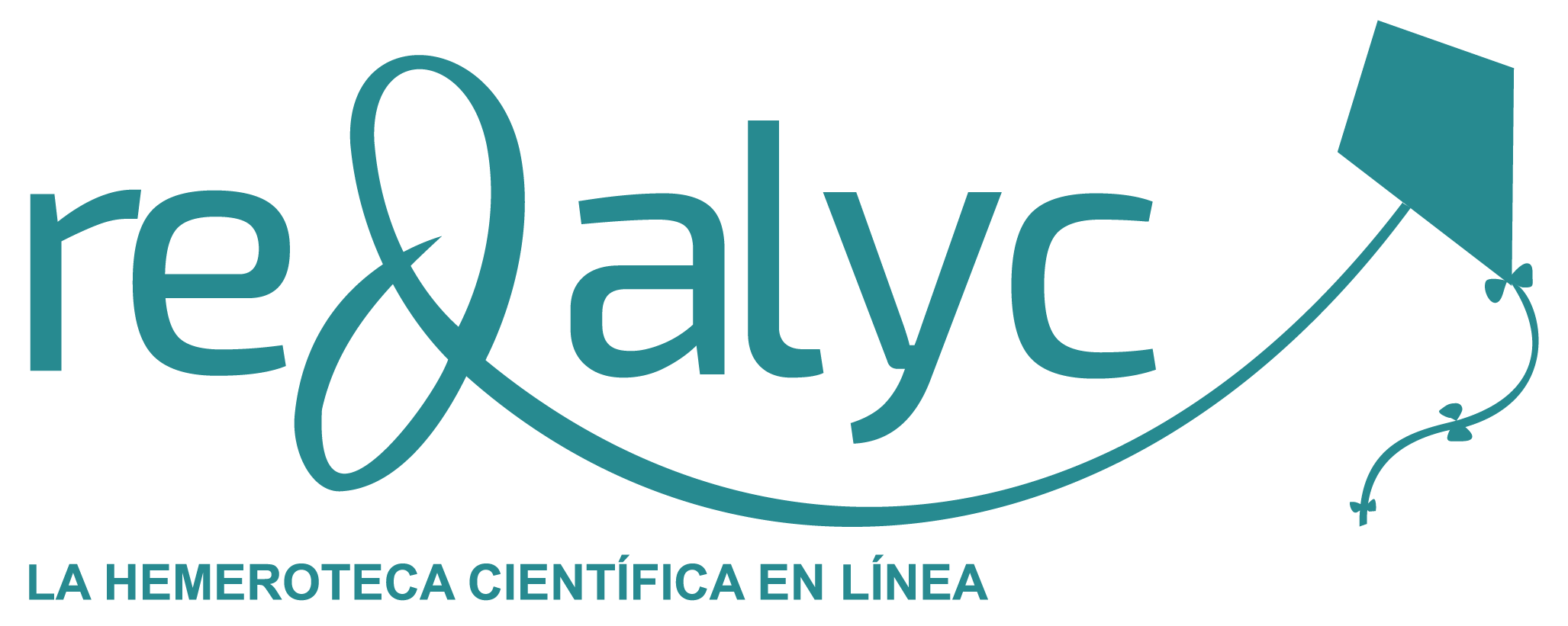La raza ovina Ideal o Polwarth originaria de Australia se cría en el centro del Litoral argentino proveyendo ingresos a sus productores a través de la venta de lana y carne. Criadores de esa región, interesados en afinar las lanas, aumentar o al menos mantener el peso de vellón y aumentar los pesos corporales de sus ovinos Ideal formaron la sociedad “Cabañas Integradas” e implementaron en el año 2003 un programa de mejoramiento genético. El objetivo del presente trabajo fue evaluar el resultado de ese programa cumplidos quince años de ejecución. El programa de mejoramiento se basó en la formación de un núcleo con las mejores ovejas de los criadores y la provisión de carneros nacidos en el núcleo a los planteles individuales de sus establecimientos. Después de la introducción inicial de carneros todos los reemplazos de carneros y ovejas se basó en candidatos nacidos en el propio núcleo o en los planteles individuales. Para la selección de reemplazos se usaron índices de selección basados en una función objetivo con valores de cría de caracteres de interés ponderados por su importancia económica. Los caracteres fueron el peso al destete (PCD) y el peso a la esquila, peso de vellón y diámetro medio a la primera (PCE1, PVS1 y PDF1) y segunda esquila (PCE2, PVS2 y PDF2). La importancia económica se determinó como beneficio marginal, precio menos costo, por unidad de cambio en la característica. Los valores de cría expresados como diferencias esperadas en la progenie (DEPs) se obtuvieron de análisis mixtos multicarácter con propiedades BLUP del servicio de evaluación genética de ovinos “Provino Avanzado” operado por el INTA. Para su cálculo se utilizaron parámetros genéticos y fenotípicos calculados de la propia población. Las tendencias genéticas resultaron similares para los tres pesos corporales (PCD, PCE1 y PCE2) con tasas de 0,12 a 0,14 kg por año. Las ganancias genéticas acumuladas en los 15 años llegaron a los 2,5 kg. No se logró mejora genética en los pesos de vellón (PVS1 y PVS2), pero se logró afinar la lana (PDF1 y PDF2) en cerca de un micrón. Las tendencias genéticas en los siete caracteres se resumen en el incremento del ingreso económico de aproximadamente 1% por año. Las tendencias fenotípicas resultaron con bajo coeficiente de determinación, pero en las direcciones deseadas. Tomando el promedio de los primeros y últimos tres años del programa y en el caso de borregos/as el peso corporal a la primera esquila aumentó unos 3,1 kg y el diámetro medio de fibras se redujo 1,5 µm. Sería deseable que más criadores Ideal comiencen sus propios programas de mejoramiento basados en evaluaciones Provino Avanzado, eventualmente vinculándose a Cabañas Integradas para su evaluación genética conjunta y así aprovechar mejor la variabilidad genética existente en la raza.
Palabras clave: Polwarth, Ideal, lana, valor de cría, índice de selección, objetivo de cría.
ABSTRACT
The Ideal or Polwarth sheep breed originated in Australia, is raised in the centre of the argentine Litoral, providing income to producers through wool and meat. Breeders from the region, interested in refining the wool, increasing or at least maintaining the fleece weight and increasing the body weights of their Ideal sheep, formed the association “Cabañas Integradas” and started a genetic improvement program in 2003. The aim of this study was to evaluate the results of this program after completing fifteen years in operation. The program was based on a nucleus herd with the best ewes available in order to produce rams for the individual herds. After the initial introduction of rams all replacements of rams and ewes were based on candidates born in the nucleus or in the individual herds. For the selection of replacements, selection indexes were used based on an objective function with breeding values of traits of interest weighted by their economic importance. The goal traits were weaning weight (PCD) and shearing weight, fleece weight and mean fibre diameter at first (PCE1, PVS1 and PDF1) and second shearing (PCE2, PVS2 and PDF2). The economic importance was determined as marginal benefit, price minus cost, per unit of change in each trait. The breeding values expressed as expected progeny differences (DEPs) were obtained from mixed multivariate analyses with BLUP properties using “Provino Avanzado” the national sheep genetic evaluation service operated by INTA. For its calculation, genetic and phenotypic parameters calculated from the population itself were used. The genetic trends were similar for the three body weights (PCD, PCE1 and PCE2) with rates of 0.12 to 0.14 kg per year. The accumulated genetic gains in the 15 years reached 2.5 kg. No genetic improvement was achieved in the fleece weights (PVS1 and PVS2), but it was possible to refine the wool (PDF1 and PDF2) by close to one micron. The genetic trends in the seven traits are summarized in the increase in economic income of approximately 1% per year. The phenotypic trends resulted with a low coefficient of determination, but in the desired directions. Taking the average of the first and last three years of the program, the body weight at the first shearing increased 3.1 kg and the mean fibre diameter decreased by 1.5 µm. It would be desirable for more Ideal breeders to start their own improvement programs based on Provino Avanzado evaluations, eventually linking to Cabañas Integradas for a joint genetic evaluation and thus take better advantage of the existing genetic variability in the breed.
Keywords: Polwarth, Ideal, wool, breeding value, selection index, breeding goal.
Contact: Mueller, J.P. mueller.joaquin@inta.gob.ar
INDEXING








